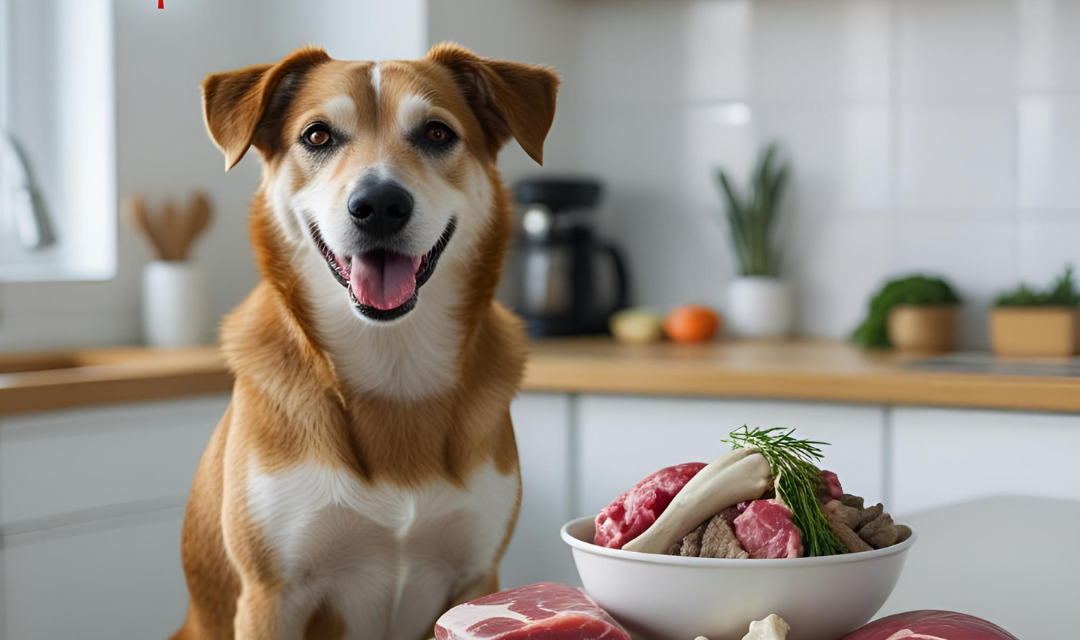Raw feeding has recently soared in popularity, touted as a “biologically appropriate” diet mirroring the meals of dogs’ wild ancestors. Advocates claim benefits like glossier coats, improved dental health, and heightened energy levels. However, a rising number of dog owners—and even some vets—are reconsidering raw diets altogether.
From safety worries to nutritional balance issues, the raw feeding trend is under greater scrutiny. Meanwhile, more owners are opting for safer, more sustainable, and equally health-promoting alternatives such as scientifically-backed, plant-based meals and natural, healthy dog treats.
So, what’s fueling the shift away from raw, and what should you consider if you’re feeding raw or contemplating it?
- Safety Concerns: Pathogens and Bacterial Risks
Perhaps the most significant red flag around raw diets is the contamination risk. Raw meat—regardless of its freshness or organic claims—can carry harmful bacteria like:
- Salmonella
- Listeria monocytogenes
- E. coli
These pathogens not only threaten your pet but can also pose serious health risks to humans, particularly children, the elderly, or those with compromised immune systems. Cross-contamination in kitchens, on pet bowls, or through faeces is a legitimate worry.
Studies reveal that raw-fed dogs can shed these bacteria in their stools—even without showing symptoms—putting everyone in the household at risk.
- Nutritional Imbalance Is More Common Than You Think
Raw feeding isn’t simply about giving your pet a chicken leg. A balanced raw diet demands precise ratios of muscle meat, organ meat, bone, fat, and micronutrients. Without expert formulation, dogs can be deficient in:
- Calcium and phosphorus (vital for bone health)
- Zinc and copper
- Vitamin D
- Omega-3 fatty acids
- Fibre and prebiotics
Most raw feeders lack the resources or knowledge to ensure nutritional adequacy, and in some instances, over-supplementation can be harmful.
- Growing Veterinary Opposition
While a minority of holistic vets support raw diets, most veterinary professionals remain sceptical. Organisations like the British Veterinary Association and the American Veterinary Medical Association have expressed concern over the increasing trend, citing health risks and lack of standardisation.
Veterinary nutritionists consistently advocate for complete and balanced diets—those meeting established nutritional profiles and tested for digestibility, safety, and long-term health outcomes. Unfortunately, most raw diets don’t meet these standards.
- Raw Feeding Can Be Inconvenient and Costly
Raw feeding demands careful handling, freezer space, meal planning, and time. It’s also often pricier than other high-quality food options—particularly free-range, organic, or exotic meats.
Conversely, modern alternatives like vet-formulated plant-based food and natural dog treats offer comparable (or superior) nutritional benefits with far less hassle. They’re easier to store, travel with, and portion—while still supporting energy, digestion, and coat condition.
- Dogs Are Omnivores, Not Wolves
Though raw diets are marketed as “ancestral,” it’s important to remember that dogs have evolved alongside humans for millennia. Their digestive systems differ significantly from wild wolves—they produce enzymes to digest starch, have longer intestines, and can thrive on a broad range of food sources.
This adaptability means dogs can do well on diets that include high-quality plant ingredients, provided the food is complete and balanced. In fact, several peer-reviewed studies (including a significant one in 2024) show that dogs on well-structured vegan or plant-based diets can be just as healthy—if not healthier—than those on meat-based diets.
- Sustainability Matters
Raw meat diets, especially those based on beef or lamb, have a high environmental impact. Producing and transporting raw animal products require more land, water, and energy than plant-based alternatives—creating substantially more greenhouse gases.
As awareness around sustainability increases, many pet owners are selecting diets that reflect their values. Brands like Omni Pet have responded with eco-friendly, vet-formulated options that don’t compromise on quality or nutrition.
Thinking of Making the Switch? What to Keep in Mind
If you’re considering transitioning away from raw feeding, here are a few tips:
- Do it gradually: Mix a small portion of the new food into your dog’s current meals and increase over 7–10 days.
- Watch for changes: Monitor stool consistency, energy levels, and appetite during the transition.
- Choose complete, vet-approved food: Not all alternatives are created equal. Look for balanced meals formulated by veterinary nutritionists.
- Incorporate healthy treats: Add variety with natural dog treats that are gut-friendly, protein-rich, and made without fillers or additives.
Final Thoughts
Raw feeding may offer a sense of control and “natural” appeal, but the risks and limitations are increasingly hard to overlook. From bacterial contamination to nutritional gaps and sustainability concerns, many dog owners are re-evaluating whether raw truly is the best option.
Fortunately, science-led alternatives make it easier to nourish your dog safely, sustainably, and with complete peace of mind. If you’re seeking modern, balanced nutrition without the risks associated with raw meat, Omni Pet offers a fresh take on canine health—endorsed by research, trusted by vets, and adored by dogs.



